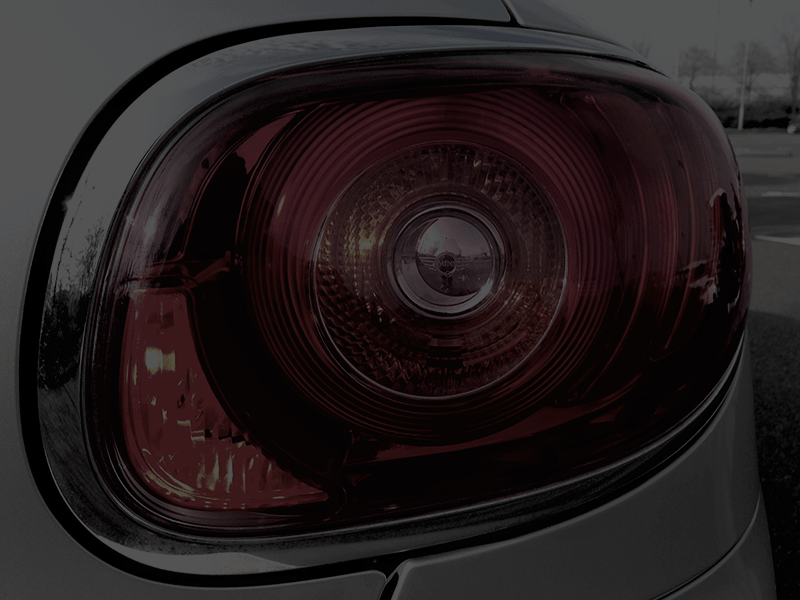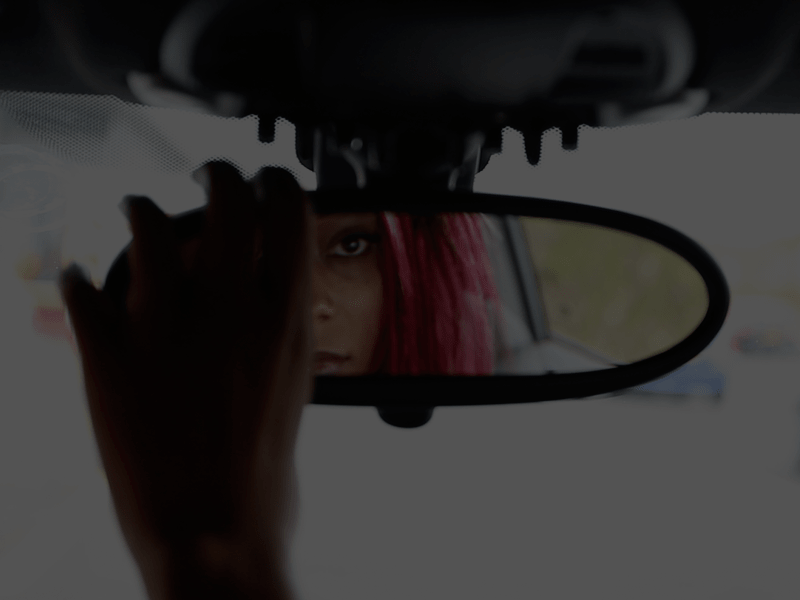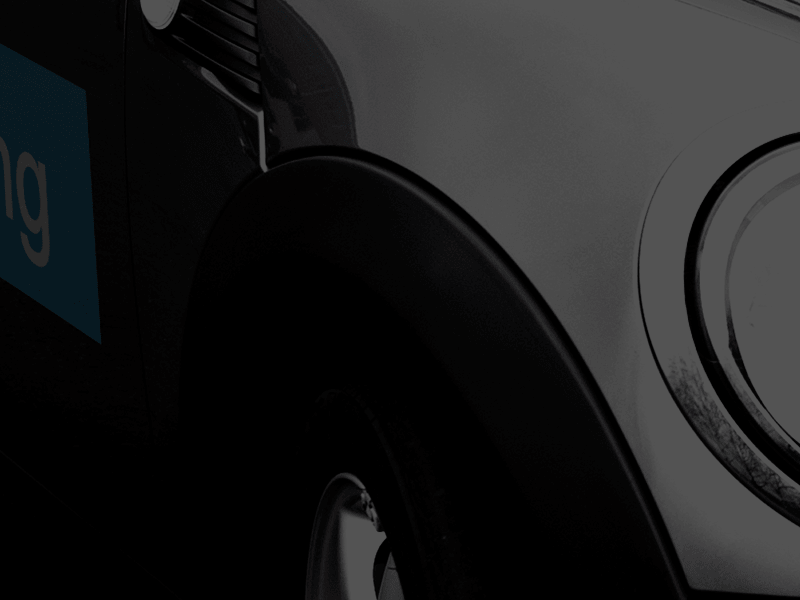Driving Tips – railway crossings
Tips about railway crossings
In many areas of the country there are no railway crossings and so learners never experience them on lessons or tests, but you still need to know about them.
There are several types of railway crossings including: crossings with barriers or gates; crossings without barriers or gates; and roads that cross one or several lines. All the crossings have one thing in common – great big trains!
Trains often travel over crossings at high speed, which means that they must be treated with the greatest respect.
Signs
Look out for warning signs; these will give information about the type of crossing to expect. Use the hazard routine as you approach crossings and stop when the lights show. There may also be bells or sirens.

If you come across a half-barrier crossing – that is, a crossing where the barriers block off each side of the road separately – you must stay on your own side of the road. Never try to zig-zag around the barriers; the train will be very near and could be travelling up to 100mph.
At this type of crossing the train triggers the lights and barriers approximately 30 seconds before it arrives.

At crossings with gates, but no lights or attendant, look for signs giving instructions about procedure. You will need to be 100% sure that the line is clear before opening the gates to cross.
At crossings with no gates or barriers look for signs or lights. When the lights are on, you must stop and wait, even if the line seems clear.

Breakdowns at crossings
It’s unlikely that you will break down on a crossing but it does happen occasionally… If it happened to you remember the following advice:
- Get your passengers out of the car and clear of the crossing straight away. Don’t wait until the lights start to flash or the barriers come down; this may lead to panic.
- If there is a telephone at the side of the crossing, use it to contact the signalman. Tell him the problem and he will be able to alert approaching trains until the crossing is clear.
- If there is time, move the vehicle from the crossing. Try to push your car clear. If you are unable to do this, try to ‘jerk’ the car clear by selecting third gear, releasing the handbrake and turning the ignition key to activate the starter motor.
- After you have moved your car, phone the signalman again to inform him that the crossing is clear. If you are unable to move your car, use the phone to ask for further advice.
- If the bells ring, or if you see a train approaching, you must leave your car and stand well clear of the crossing.
Highway Code Advice from the DVSA –
The Highway Code applies to England, Scotland and Wales and is essential reading for everyone.
Information reproduced via the OGL









